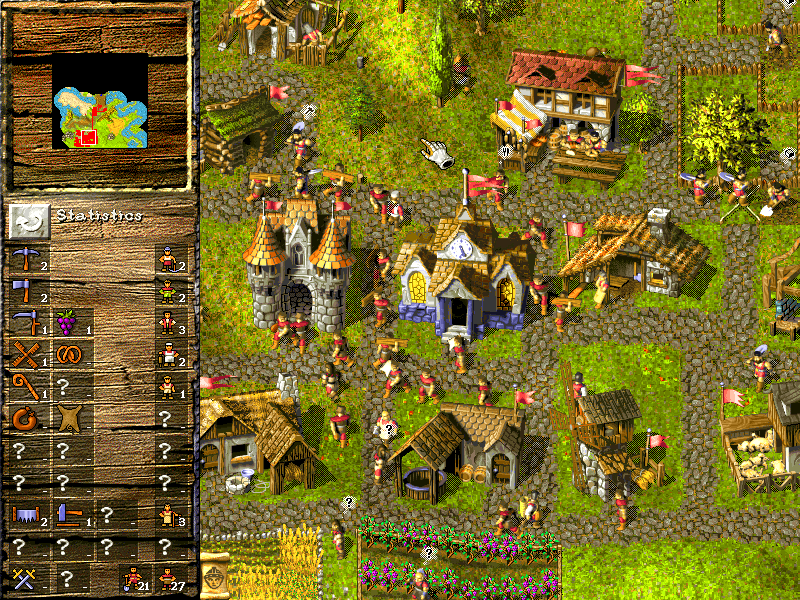

What happened can never be undone, and intergenerational trauma continues.

The Long family were slave owners in Jamaica across generations and provide an example of the ways in which colonists not only benefited in numerous ways from their ownership of enslaved people but contributed to the making of a racialized culture in Britain. In this article I consider the work of the Legacies of British Slave-Ownership project over the last 10 years and reflect on the relation between a detailed case study, that of the family of Edward Long, and the wider prosopographical (collective studies of those who received compensation) work. In the wider public sphere, however, teachers, artists, writers, curators, community groups, activists, and historians have worked hard at what can be described as reparatory projects: attempts to right some of the wrongs that have been done by the slavery business in all its ramifications. 1 Claims for reparations for slavery have entered public discourse in the United Kingdom in recent decades but have met with no support from government. The 1833 act to abolish slavery in the British West Indies, Mauritius, and the Cape granted 20 million pounds sterling to the owners of “slave property” as compensation for the loss of their human property.

The Legacies of British Slave-Ownership: A Reparatory Project The hope is that such work can contribute to a changed understanding of Britain’s history and its relation to empire. The activities of the three branches of the family, planters in Jamaica, merchants in London, and landowners in Suffolk, are sketched alongside a discussion of the different ways in which they contributed to “race making” in both metropole and colony. Case studies of particular families can enrich this “big data.” The Long family is the focus of the second part of the paper. Slave owners were granted 20 million pounds in 1834 in compensation for the loss of “their property.” The documentation of this has made it possible to create a prosopography, and further research has been done on the economic, political, and cultural activities of those slave owners who were resident in Britain. This paper discusses the work of the Legacies of British Slave-Ownership project, which has focused on the significance of British slave owners between the mid-eighteenth century and the time of emancipation (1834) as a way of countering the erasure of the slavery business in popular memory.


 0 kommentar(er)
0 kommentar(er)
